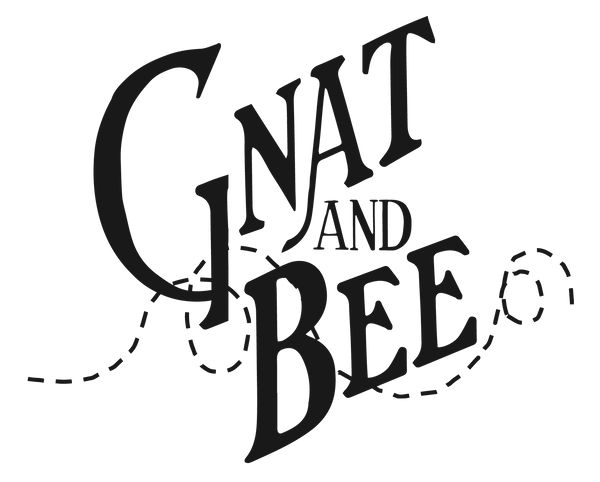One of the most beautiful ways to deepen your connection with the Earth, your food, and your own well-being is through foraging. It’s a practice rooted in ancestral wisdom, survival, and mindfulness—an act that reminds us that nourishment and medicine are all around us if we slow down and take notice.
Foraging is more than just finding wild food. It’s a way to remember who we are, to reconnect with our roots, and to become stewards of the land. Wild foods tend to be more nutrient-dense, more medicinal, and more alive than anything we could buy from a store shelf. They teach us to listen, to observe, and to live in harmony with the natural cycles of life.
Whenever someone asks me how to begin their herbal journey, my answer is always this:
Start by learning the plants that grow around you.
You don’t need to travel far to find medicine. Begin right outside your door. Every plant has a story to tell, a lesson to teach, and a way it can support your body, mind, or spirit. Pick one plant. Learn its name. Identify it through the seasons. Try it as a tea, an infused oil, a tincture, or in your food. Your personal experience will make that plant a trusted ally—one you’ll remember for life, one you can share with others for generations.
Good Foraging Tips for Beginners:
🌿 Proper Identification
Always be 100% sure of what you’re harvesting. Use multiple sources (field guides, plant ID apps, and seasoned foragers or herbalists). Some edible or medicinal plants have toxic look-alikes, so take your time.
🌿 Know the Parts Used
Different parts of the plant are best harvested at different times of year:
- Roots – early spring or fall, when the plant’s energy is stored underground.
- Leaves – in spring or early summer, before the plant begins to flower.
- Flowers – just as the blooms begin to open, when they are most vital.
- Seeds/Fruits – once they are fully mature and dry.
🌿 Harvest from Clean Areas
Avoid roadsides, dog parks, areas sprayed with chemicals, or places with heavy foot traffic or trash. Look for wild spaces that feel healthy and untouched.
🌿 Practice Conservation
Only take what you need. A good rule is to never harvest more than 1/3 of what you see—and even less if the plant is rare or slow-growing. Only dig roots when the plant is truly abundant, and consider how your harvest affects the ecosystem around you.

A Perfect Spring Foraging Plant: Dandelion
The humble dandelion (Taraxacum officinale) is one of the best beginner plants to forage. Found all over the world, this bright little powerhouse is beloved in folk traditions across cultures—for both food and medicine. Best of all, the entire plant is usable: root, leaf and flower.
Medicinal Benefits:
- Supports liver health and detoxification
- Aids digestion and acts as a gentle diuretic
- Rich in vitamins A, C, K, and minerals like calcium and potassium
- Can help with skin issues, inflammation, and water retention
How to Use Dandelion:
- Leaves: Enjoy fresh or wilted. Add to salads, pesto, or stir-fry (harvest young for less bitterness).
- Flowers: Make lemonade(use dandelion petal tea in place of water), infuse into honey, garnish salads or make fritters.
- Roots: Roast for a delicious coffee alternative, or make a decoction (gently simmer for 15 minutes) for liver support.
- Infused Oil: Use the flowers for a warming, anti-inflammatory body oil. This can be used directly on the skin as a moisturizer, or made into a salve, balm or even soap.
- Easy Infused Vinegar: Chop up the whole plant and fill a jar 1/2 full, top off with raw apple cider vinegar and allow to infuse for 2-6 weeks. Strain. Use it on salads, sauces or a marinade for meat or veggies. Add it to still / sparkling water, cocktails or mocktails. Pairs well with citrus and wildflower honey. Take a few drops before or after meals to aid in digestion. Morning is also a great time to ingest bitters and vinegar or lemon to wake up your digestive system.

Foraging teaches us to slow down. It’s an invitation to presence, to seasonal living, and to gratitude. As you get to know the wild foods around you, you’ll find they change you—body, mind, and spirit. Your relationship with the land deepens. You begin to see medicine everywhere.
Let your journey start with a single plant. Learn it. Love it. Share it.
And let the Earth be your greatest teacher.
Let's keep the conversation going in the comments. Do you forage? Have you tasted dandelions? Need a recipe? Let me know! - Natalie
















